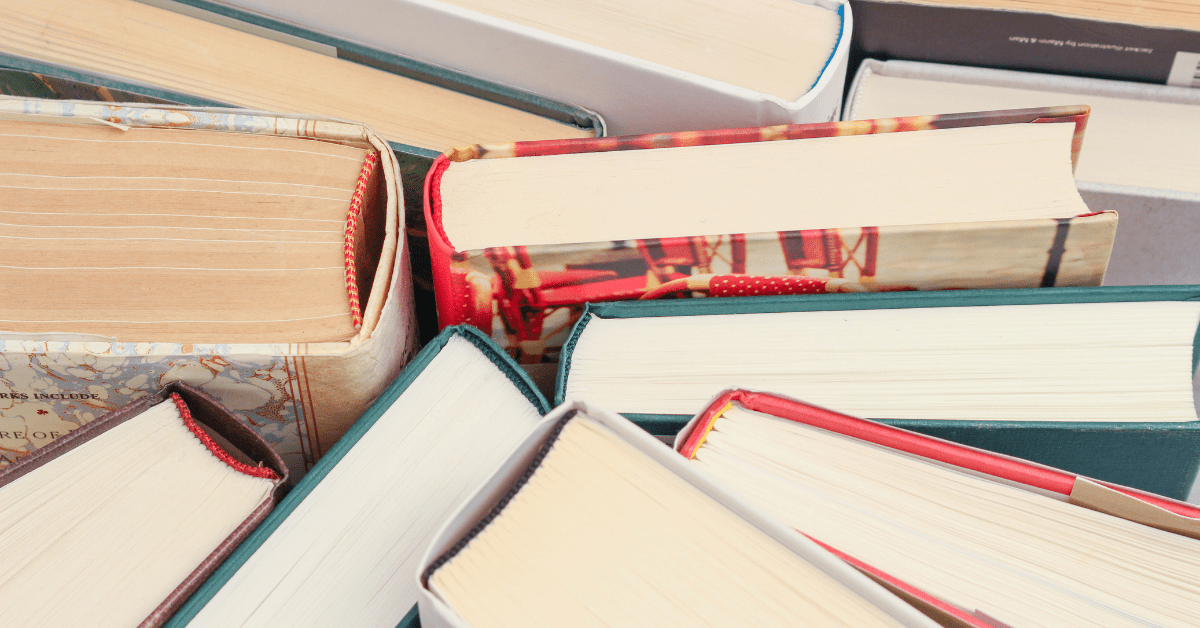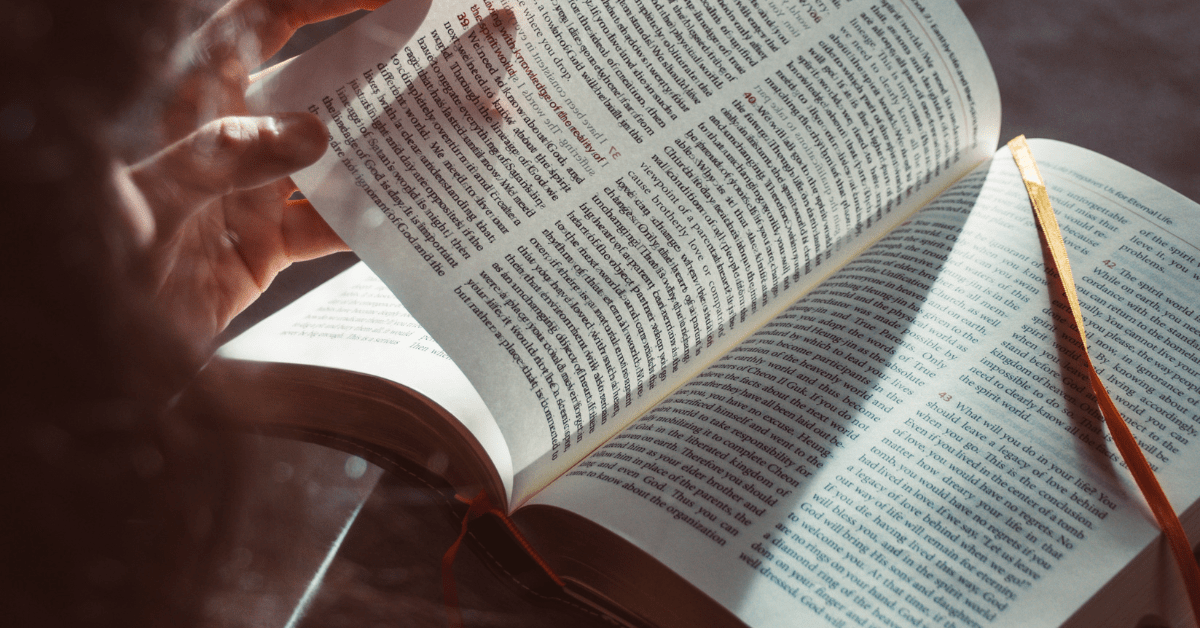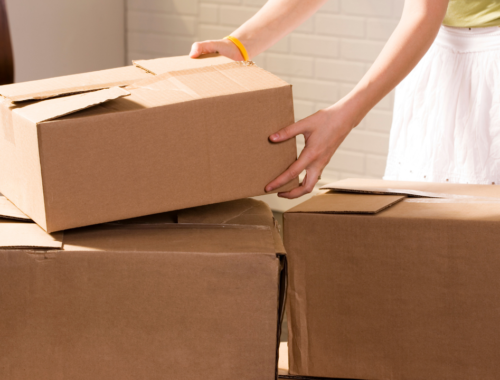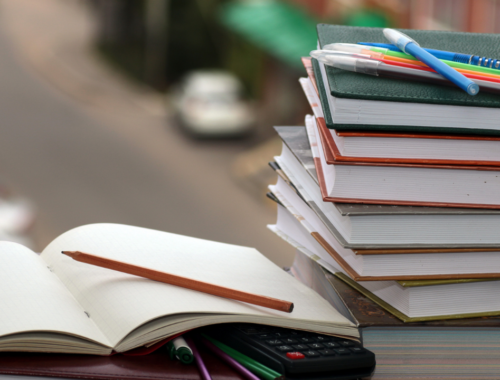
No matter how old they get, books will always remain an important part of our lives. Sometimes, the longer these books stay with us, the more valuable they become. However, a huge threat to the lifespan of books stems from dirt or stains that could be avoided through proper cleaning books techniques.
In essence, books are more prone to damage if they’re improperly cleaned. This is especially true for old books that are no longer as sturdy as their new editions. Therefore, cleaning books is crucial to preserve their condition and value.
Therefore, if you know what to do with old books, how to find the value of old books, and want to hold on to these books for a little longer (for example, you have a copy signed by the author) or plan to sell old books for profit, you need to master the art of cleaning them.
Read on as we look at the different techniques on how to clean books based on the material and type of stain encountered.
- Different Book Covers and their Cleaning Techniques
- Different Old Book Stains and the Ways to Get Rid of Them
- Prepping an Old Book for Resale
Different Book Covers and Their Cleaning Techniques
Learning how to clean old books involves mastering different cleaning techniques for different book covers. Since every book cover is made from a different material, there’ll be obvious differences in how you wipe stains off them.
1. Cleaning Books With Paperbacks
Old books with paperbacks have a glossy look and finish. As a result, effective cleaning is done with the aid of rubbing alcohol. For added safety, test out the alcohol on a small area of the book before proceeding. Then:
- After applying the rubbing alcohol on a clean white cloth
- Rub the cloth over the paperback
- When wiping, more effort should be put into heavily stained areas
2. Cleaning Books With Hardbacks
With hardcover books, you’re faced with removing stubborn marks while avoiding damage. One tool that’s useful for this is the gum eraser.
- Simply take a gum eraser and clean off marks from the book
- Repeat until the marks are wiped clean
- However, if your books have been soiled, you’ll need a fabric softener instead
- Simply soak a cloth in the fabric softener and carefully wipe down the book
3. Cleaning Books With Leather Backs
Now, every book cover material requires proper care when cleaning, but even more care is necessary with leather backs. Because the leather material reacts differently to various cleaning methods, it’s important to pick the right one to prevent further damage.
You’ll need a lint-free cloth, saddle soap, and water. Let’s take a look at how to clean books with leather backs:
- First, dip the lint-free cloth in the saddle soap
- Next, dip the same cloth in water
- Proceed to wipe the cover of the book along with its binding
- Then, with a dry cloth, buff the leather cover
It’s a technique that ensures effective cleaning without damaging the leather cover.
4. Cleaning the Edges of Books
We bet you never thought sandpaper could come in handy outside the workshop. Well, sandpaper is a great hack for cleaning the edges of old books or pre-ISBN-era books. But that doesn’t mean you’ll be as rough as you are on wood. It’s simple:
- You only need a small piece of sandpaper
- Close the books and hold the pages together
- Proceed to sand the edges gently to remove the dinge
- Sand lightly until all dirt is removed
Different Old Book Stains and the Ways to Get Rid of Them
Learning how to get stains and marks off different book covers is great, but what about the stain itself? In other words, there are also different cleaning methods for individual types of stains and spills.
From grime and grease to spills and mold on books, here’s how to clean old books with different stains.
1. Getting Rid of Grime, Pests, and Stains
A lot of us snack while having a good read. While feeding our brains, we also enjoy feeding our tummy, which could go wrong if we’re not careful. At the same time, these stains are a recipe for pest invasion, leaving you with more than one problem to solve.
So, when you discover that your old book has food or oil stains or has become a lounge for annoying pests, here’s how to clean books from them:
- Firstly, store the book in the freezer for some hours
- Take it out, and by then, you should be able to shake off all frozen bugs from the books
- At the same time, use a scraper to remove frozen food pieces when applicable
- You’ll also need a vulcanized eraser for food marks that can’t be peeled off
2. Getting Rid of Water Spills
Getting water spilled all over books is a common cause of book damage. From the accidents that occur while drinking to clumsy spills to the gift of rain, there’s always the likelihood of books getting wet.
It’s important to act quickly in this case because you don’t want the aftermath of water spills. That includes the formation of mildew and mold on books. So, let’s get started.
- Firstly, place the old book near the window. Avoid direct sunlight
- Get a fan and turn it on. Place it about 10 feet away from the wet book.
- If the air outside is warm enough, open the windows for extra drying
- As the books are drying up, open each page at timed intervals but be careful not to force any page open to avoid it ripping off
- Do this until each page is completely dry
- After the drying process, get a stack of heavy books and place them on it to restore the flatness of each page.
3. Getting Rid of Grease Marks
Nothing sucks more than finding dried-up oil marks on the pages of an old book. They’re tough to remove and provide an unwanted sight for you and the next owner in the event of a resale. However, it’s not impossible to remove so let’s have a look:
The simple solution is to apply heat on the stain to soak it up.
- Get a paper towel and place it over the grease mark
- Warm up the iron and place it over the towel for a few moments
- The warming effect makes it easier to absorb the oil from the book
- Any remaining stain can be removed with an eraser
4. Getting Rid of Sticky Residue or Labels
If it’s not grease or grime stains you have to deal with, it’s the presence of adhesives and sticky labels. Thankfully, there are a handful of ways to get rid of them.
- For books with glossy covers, you can use baby oil or rubbing alcohol to remove the sticky residue
- Before the use of alcohol or baby oil, razors can be used to scrap off any excess sticker
- Then, on a clean white cloth, apply the baby oil or rubbing alcohol
- Gently rub the cloth on the sticker or label until it fades away
5. Getting Rid of Mildew and Mold
It’s essential to look beyond cleaning stains to tackle mildew and mold on books. That’s because they can multiply through spores, so the earlier you act, the less damage your old books have to endure.
- Start by checking for mildew or mold on old book covers. You can always detect them through their musty smell
- Once discovered, first guard yourself by putting on a mask and gloves
- Then, take the book out into the sun
- Get a piece of wax paper and place it under the page or book cover with the mildew
- Use a toothbrush to scrub off all mold and mildew
- Damp a cloth with hydrogen peroxide and blot at the mildew lightly
- Allow to dry under the sun
6. Getting Rid of Bad Book Smell
Another notable downside to having stains on old books is the eventual bad smell they develop. Since these books have been on the shelf for too long, the formation of molds and mildews lead to bad or odd smells that are almost inevitable but still repairable.
- Get an old T-shirt to wrap the book in
- In a sealable bag, use baking soda to coat the bottom
- After coating, place the wrapped book inside the bag
- Let it sit for some hours or a day, depending on how strong old book smell is
Prepping an Old Book for Resale
Taking care of old books goes beyond removing the stains on them. You also need to keep them in great shape if you want to sell them at an auction later. Having clean and undamaged books makes it easier to preserve a book’s state.
Mitigating damages in the first place is important because what’s better than knowing how to clean old books? Knowing how to keep books free of stains and damage.
The best starting point is to store your books in the right places and at the right temperature. You can follow a few other tips for effective book preservation from there. These include:
- Reducing the books’ exposure to dust by storing them in enclosed spaces such as cabinets or containers
- Storing books upright to get rid of bookmarks before storage
- Keeping books away from humid areas to prevent dampening
- For books out in the open, dusting and keeping them away from direct sunlight to prevent fading of the covers and pages.
Conclusion
Books are precious inventions and an essential part of our daily life. They provide us with joy and pleasure and can serve as a source of income.
To maximize your profits, you need to develop some skills on how to clean used books before listing them for sale. This will help you list books in good shape, make more money, and sell them faster. Collectors love the staff in good condition.







